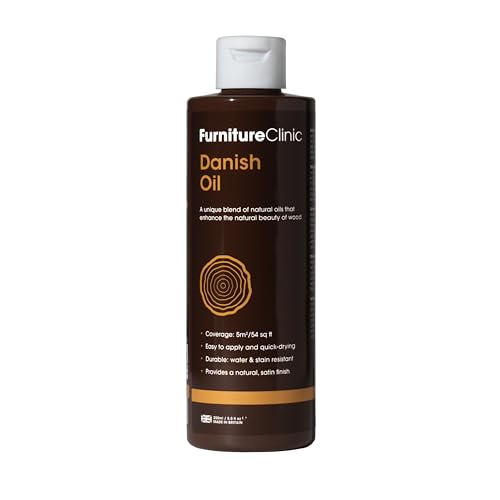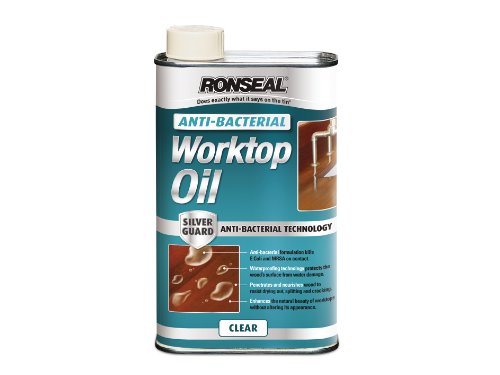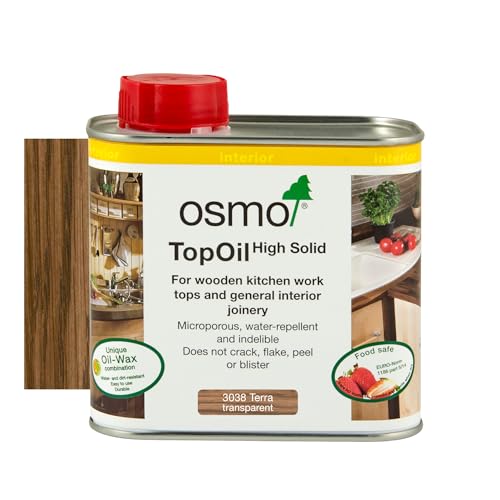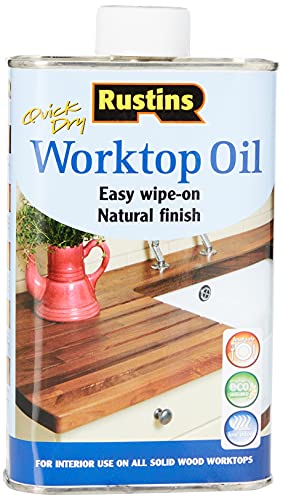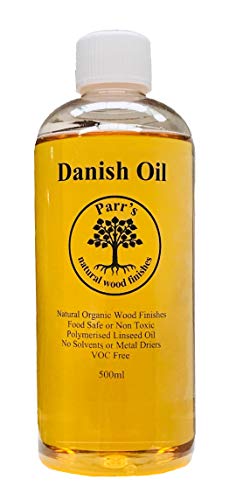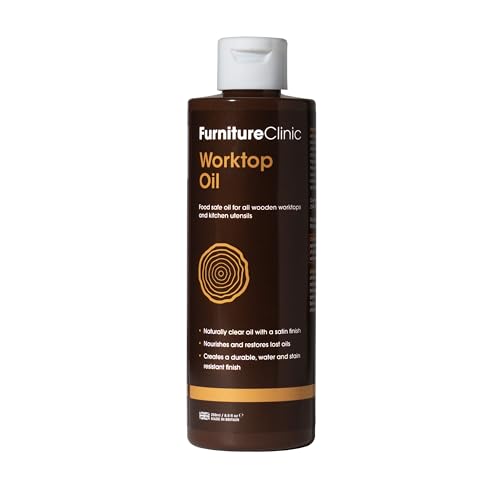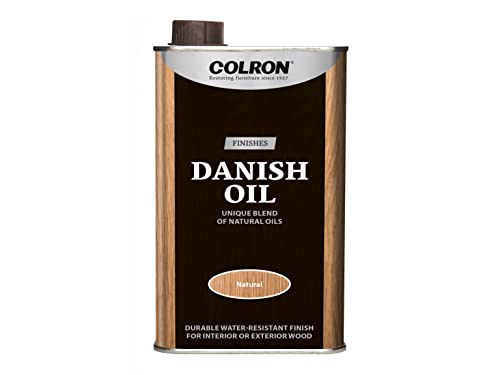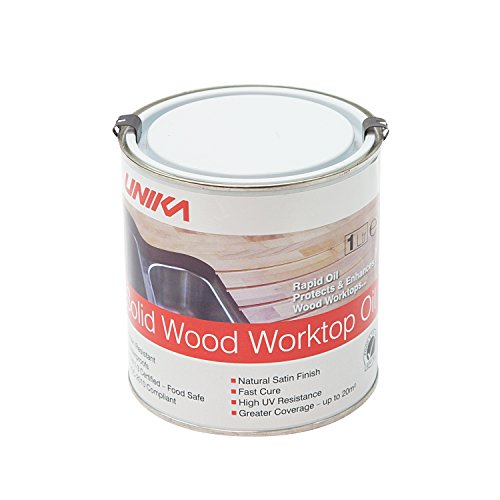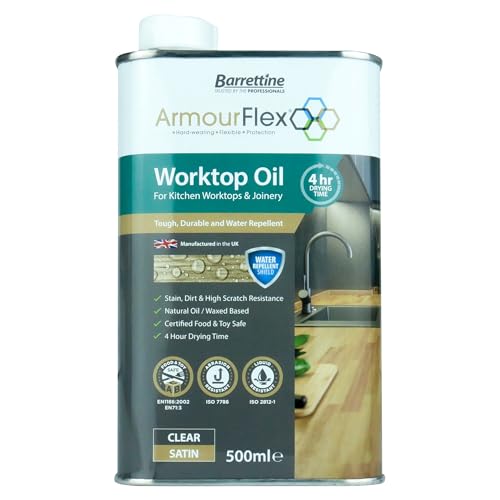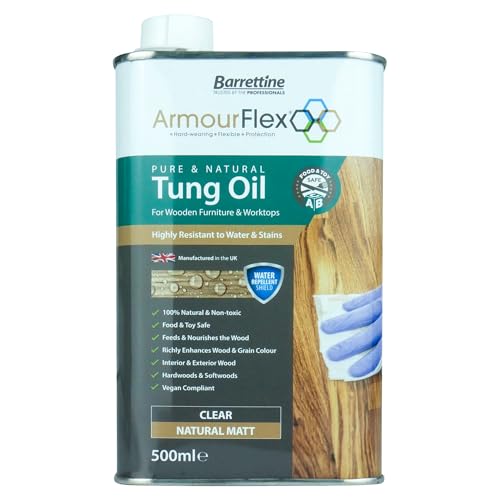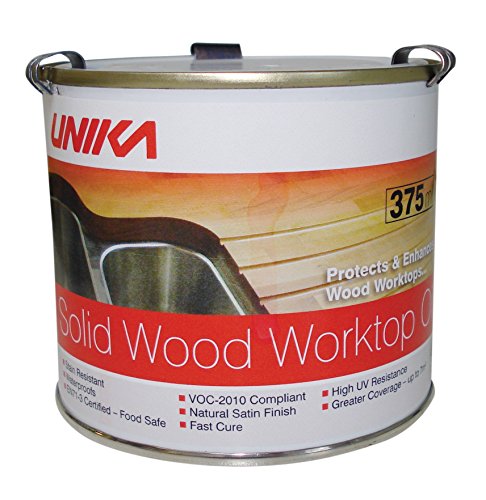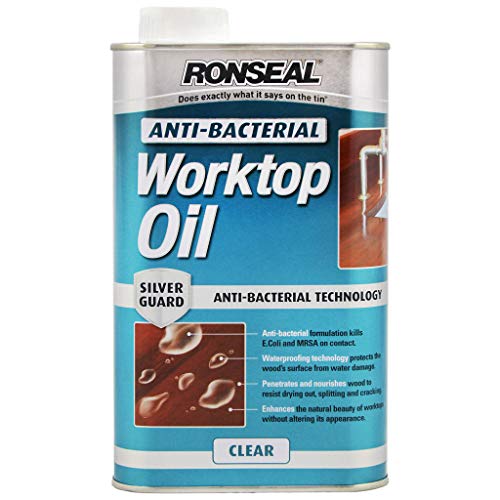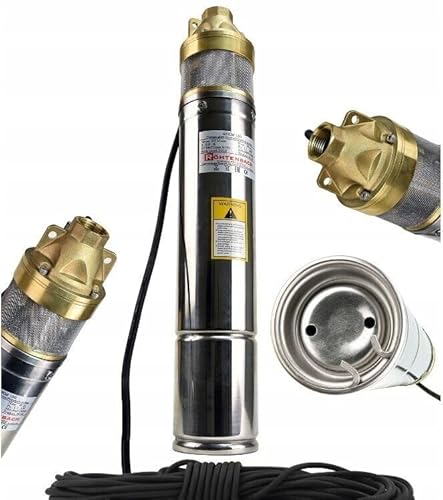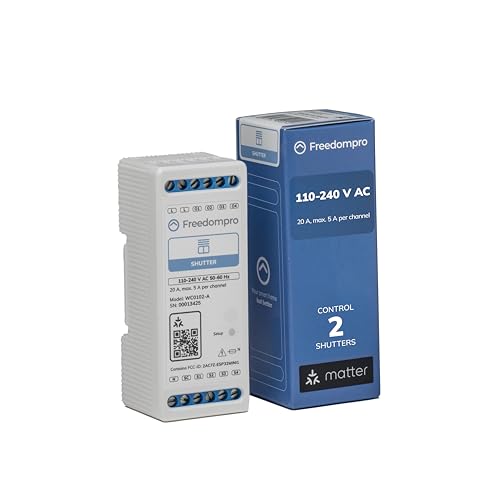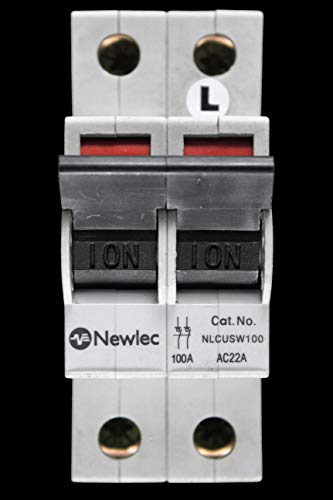Understanding Worktop Oil: What You Need to Know
What is Worktop Oil?
Worktop oil is a specially formulated product designed to protect and enhance wooden surfaces, particularly worktops in kitchens and dining areas. Unlike conventional oils, worktop oil penetrates deep into the wood grain, providing a barrier against moisture, stains, and food particles while enhancing the natural beauty of the wood. It’s essential for anyone using wooden surfaces in their home, as it nourishes the wood and helps to prevent it from drying out and cracking.
Why is Worktop Oil Important?
Using worktop oil is vital because it not only safeguards your wooden surfaces from wear and damage but also contributes to a hygienic cooking environment. When properly treated with worktop oil, wooden surfaces are less prone to absorbing liquids or harbouring bacteria, making them safer for food preparation. Regular application keeps your worktops looking fresh and extends their lifespan, saving you money in the long run by delaying the need for replacements.
Choosing the Right Worktop Oil for Your Surfaces
Types of Worktop Oil Available
There are various types of worktop oils available on the market, including mineral oils, plant-based oils, and blends that combine both. Mineral oils are odourless and tasteless, making them an excellent choice for food preparation surfaces. Plant-based oils, such as linseed or tung oil, offer natural protection but may take longer to dry. It’s crucial to ensure the oil you choose is food-safe and suitable for your specific wood type.
How to Match Oil to Wood Type
Different woods absorb oils differently, so choosing the right type of oil is essential. For hardwoods like oak or maple, a thicker oil or a blend may be more beneficial as they provide better protection against moisture. For softer woods, a lighter oil may suffice. Always perform a small patch test first to see how the wood reacts and to ensure the desired finish.
How to Apply Worktop Oil: A Step-by-Step Guide
Preparing the Surface for Oil Application
Before applying worktop oil, it’s crucial to prepare your surface properly. Start by cleaning the worktop thoroughly to remove any dust or residues. If the surface has previously been oiled, sand it lightly to create a better bond. Ensure the wood is completely dry before proceeding with the application.
Applying the Oil Correctly
Using a clean cloth or brush, apply a generous amount of worktop oil in the direction of the wood grain. Work the oil into the wood, ensuring that it is evenly spread across the surface. For best results, apply a thin, even coat and let it soak in for approximately 15-30 minutes. Wipe off any excess oil with a clean cloth to prevent a sticky finish.
Curing Time and Final Touches
After applying the first coat, allow the worktop to dry completely—usually a minimum of six hours. For optimal protection, apply at least two to three coats, ensuring each layer is dry before the next application. Once the final coat is dry, buff the surface with a soft cloth to achieve a polished look.
Maintaining Your Worktops: Tips for Longevity
Regular Cleaning Practices
To keep your wooden worktops in top condition, establish a regular cleaning routine. Use a mild soap solution and a damp cloth to wipe down surfaces after each use. Avoid harsh chemicals or abrasive scrubbing pads, as they can damage the oil finish and the wood itself.
When to Reapply Oil
Monitoring the sheen of your worktop will help you determine when to reapply oil. If you notice the surface looking dull or dried out, it’s time to refresh your oil application. Depending on usage, it is generally recommended to oil your worktops every three to six months for optimal protection and appearance.
Frequently Asked Questions About Worktop Oil
Can Worktop Oil Be Used on All Wooden Surfaces?
While worktop oil is designed specifically for food-safe wooden surfaces, it can be used on other wooden items like cutting boards and salad bowls as long as they are made from untreated natural wood. However, always ensure that the oil is labelled as safe for food contact.
How Can I Remove Old Oil from Worktops?
If you need to strip old oil from your worktop, you can use a wood-specific paint or finish remover, following the manufacturer’s instructions. After removing the old finish, it is advisable to sand the surface lightly to prepare it for a fresh application of worktop oil.

